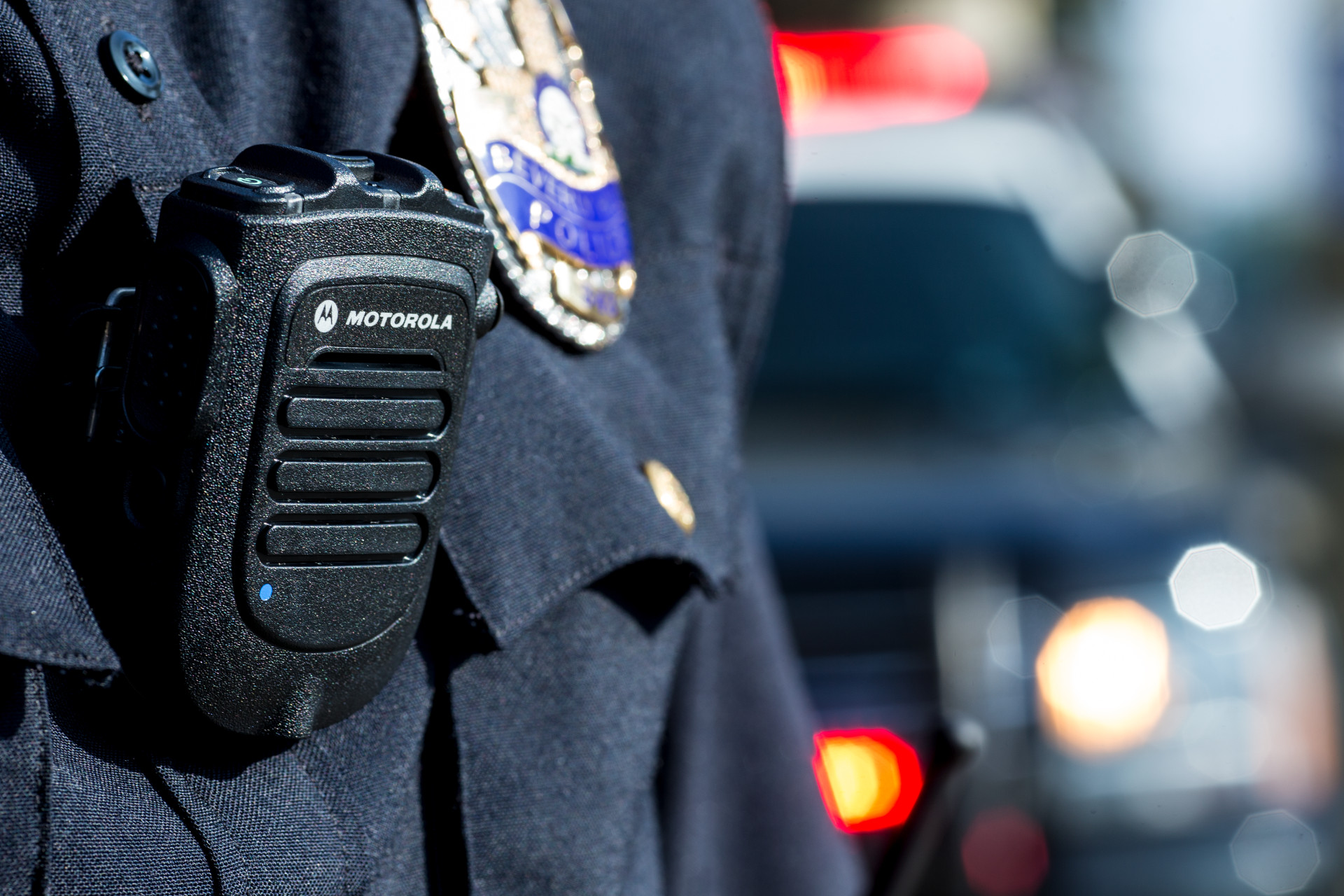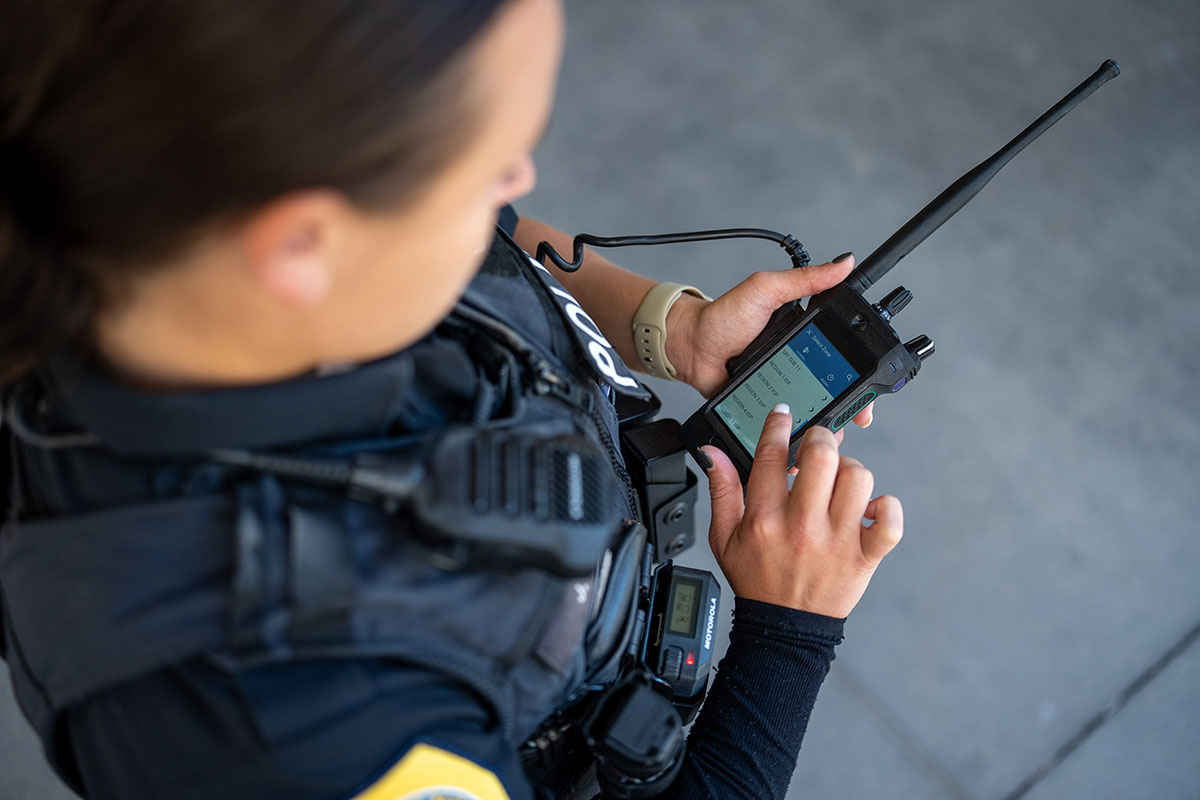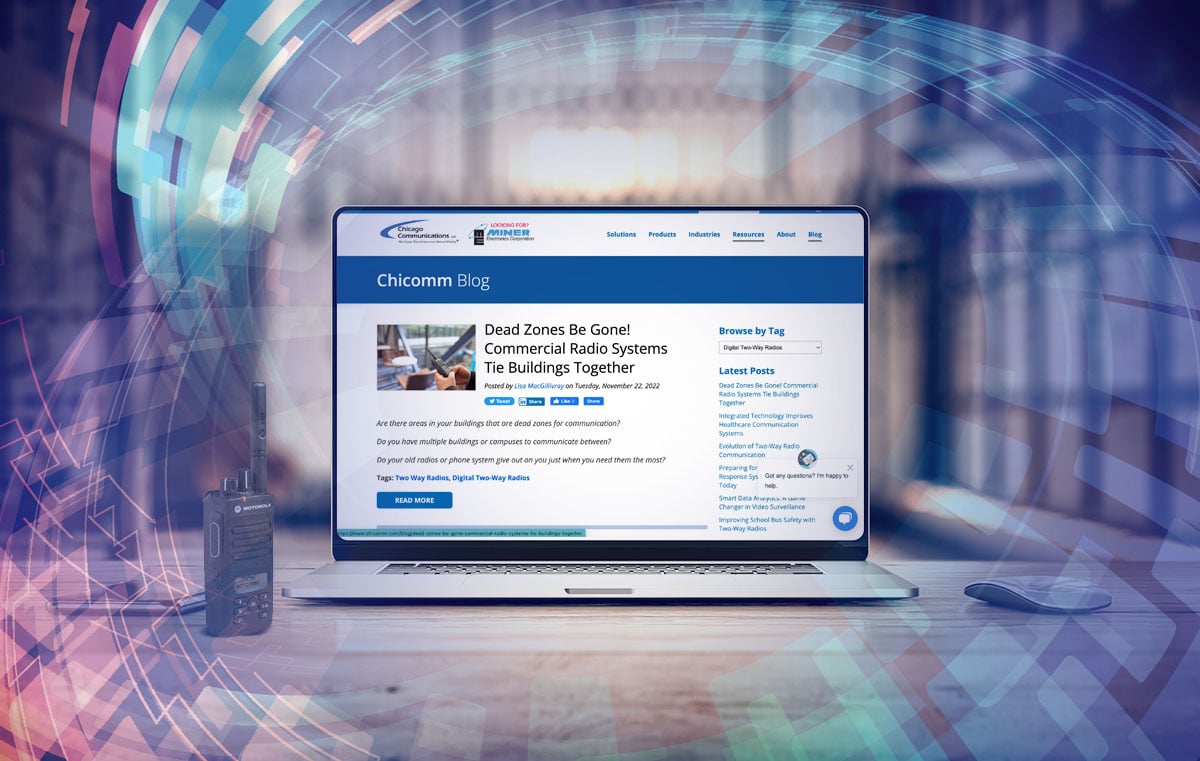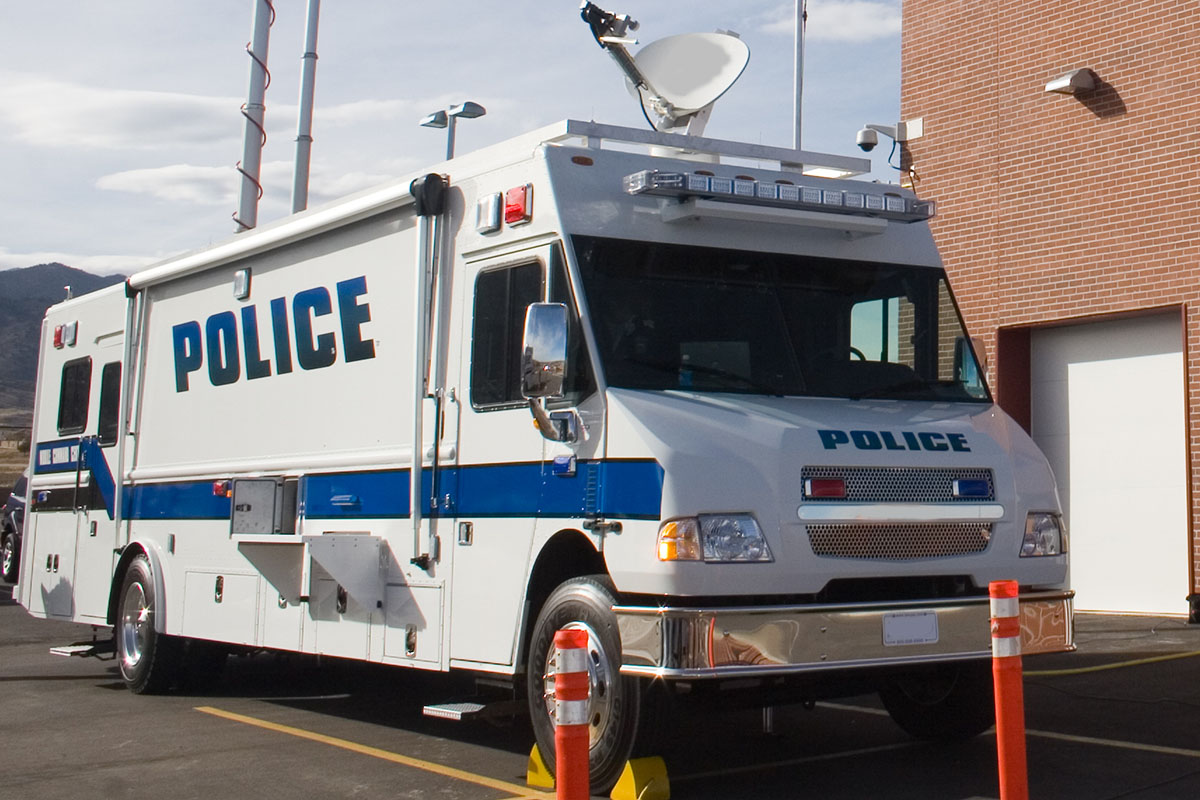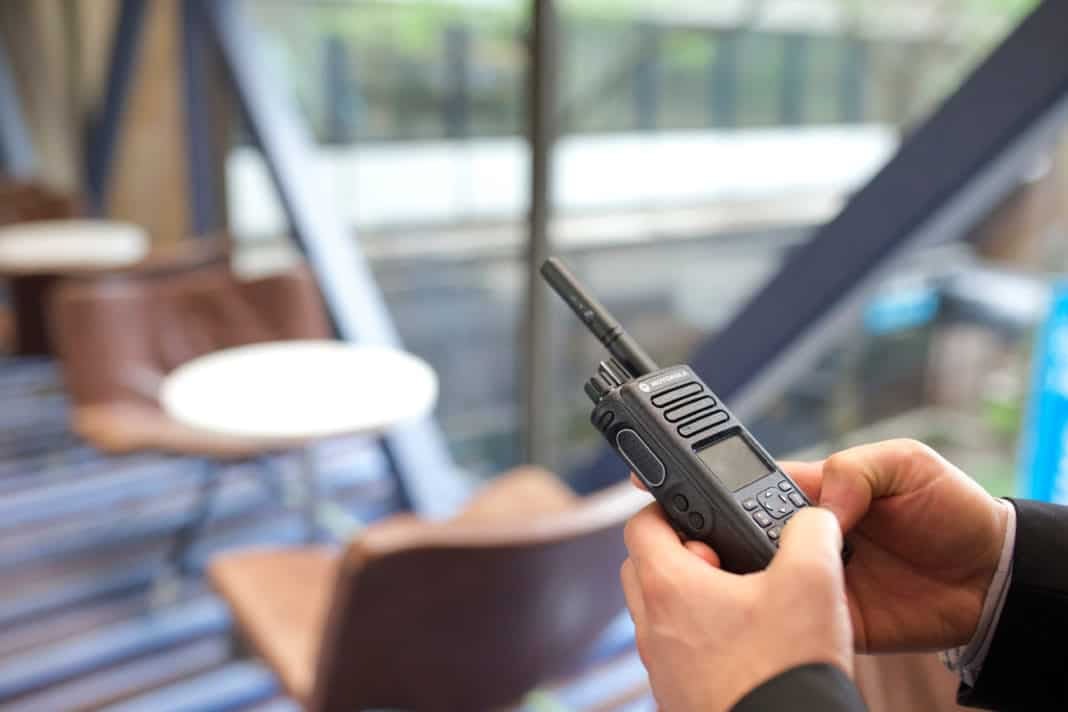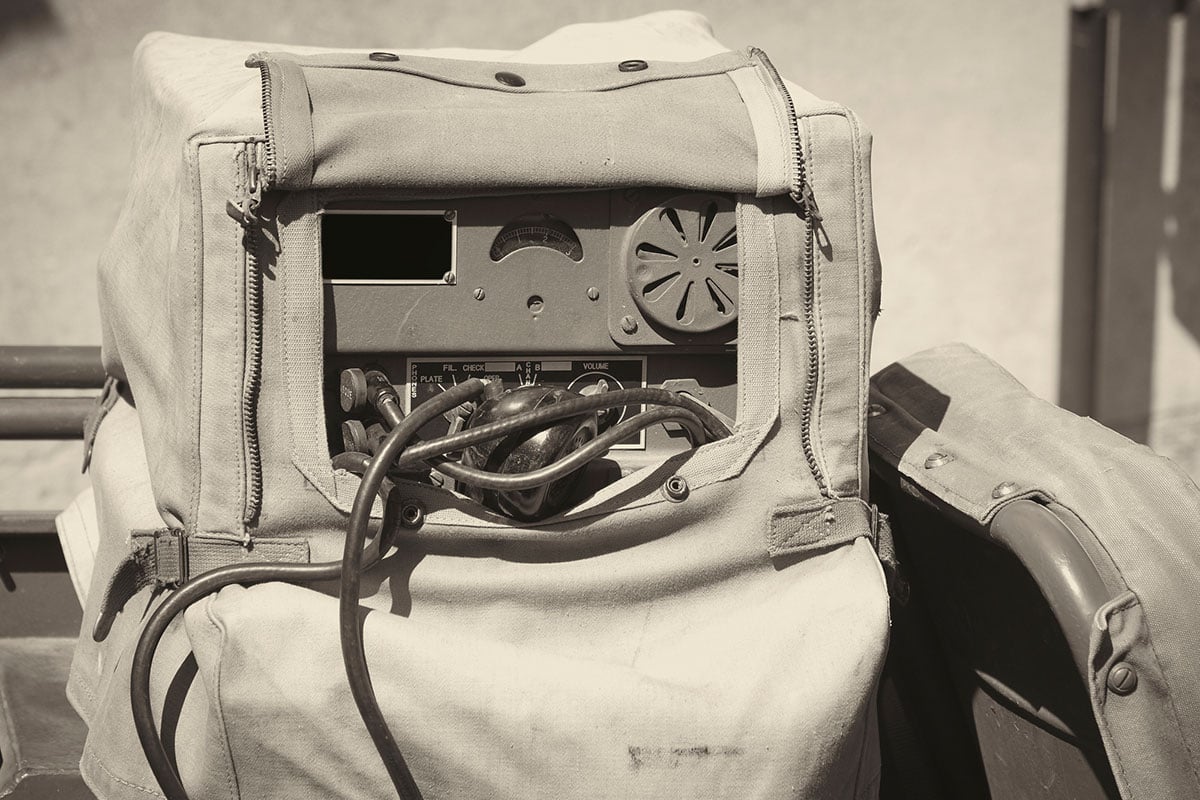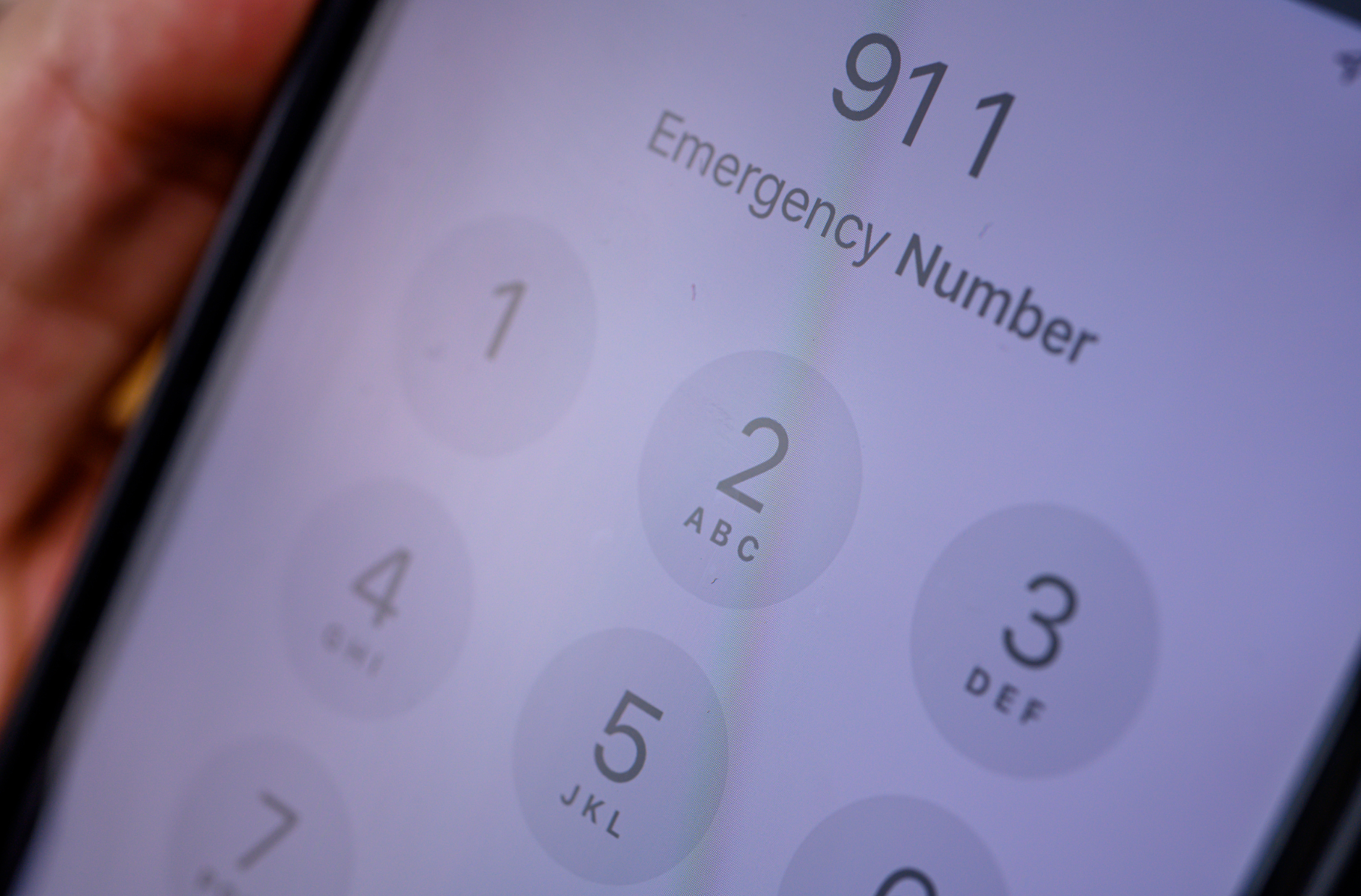FirstNet was created in the aftermath of 9/11 to be a force-multiplier for first responders – to give public safety 21st century communication tools to help save lives, solve crimes and keep our communities and emergency responders safe.
FirstNet is a nationwide wireless broadband network for first responders deployed through a public-private partnership between the federal government and AT&T.
FirstNet offers public safety a communications network built to their operational and technical needs — a new Band Class 14 network designed to be reliable, functional, safe and secure, and provide optimal levels of operational capability at all times. In other words, a dedicated ‘fast lane’ for public safety communications.
First responders across the country – police, fire, EMS – are benefiting from the technological advances of FirstNet, and here’s a closer look at the benefits and possibilities.

